Ancient Greek Marble Relief Fragment Depicting the Head of a Galloping Horse
An Ancient Greek Marble Relief Fragment Depicting the Head of a Galloping Horse
Probably one of a Racing Chariot Team
4th - 3rd Century BC
Size: 7.5cm high, 10cm wide, 3.5cm deep - 3 ins high, 4 ins wide, 1¼ ins deep / 13cm high - 5 ins high (with base)
Probably one of a Racing Chariot Team
4th - 3rd Century BC
Size: 7.5cm high, 10cm wide, 3.5cm deep - 3 ins high, 4 ins wide, 1¼ ins deep / 13cm high - 5 ins high (with base)
An Ancient Greek Marble Relief Fragment Depicting the Head of a Galloping Horse
Probably one of a Racing Chariot Team
4th - 3rd Century BC
Size: 7.5cm high, 10cm wide, 3.5cm deep - 3 ins high, 4 ins wide, 1¼ ins deep / 13cm high - 5 ins high (with base)
Probably one of a Racing Chariot Team
4th - 3rd Century BC
Size: 7.5cm high, 10cm wide, 3.5cm deep - 3 ins high, 4 ins wide, 1¼ ins deep / 13cm high - 5 ins high (with base)
Amongst all the animals in ancient Greece it was horses that were held in the highest regard. In art they appear amongst the oldest figural images, and as figurines and attachments on the handles of terracotta and bronze vessels. The large number of personal names containing the Greek word for horse, ‘hippos’: Hipparchos, Hippias, Hippobotos, Hippodamos etc, attests to the care, prestige and power associated with them as well as their presence in daily life. Wealth was measured by the number of sheep, cattle and goats owned by a household whereas horses were an indication of rank and social status.
Ex Private English collection
Ancient Greek Marble Relief Fragment Depicting the Head of a Galloping Horse
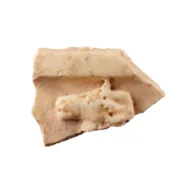
SOLD
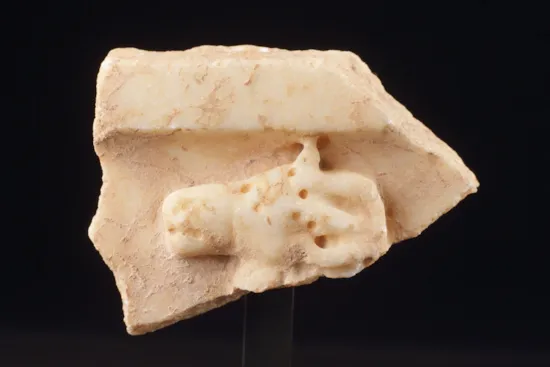
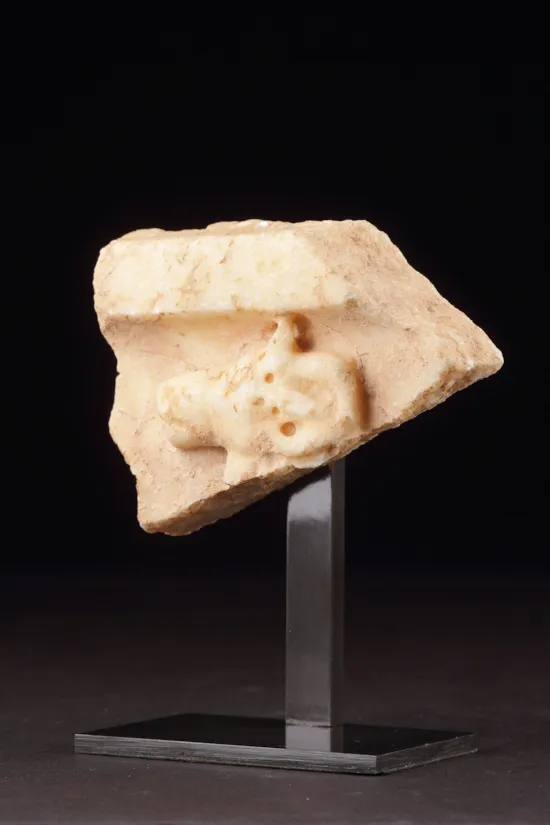
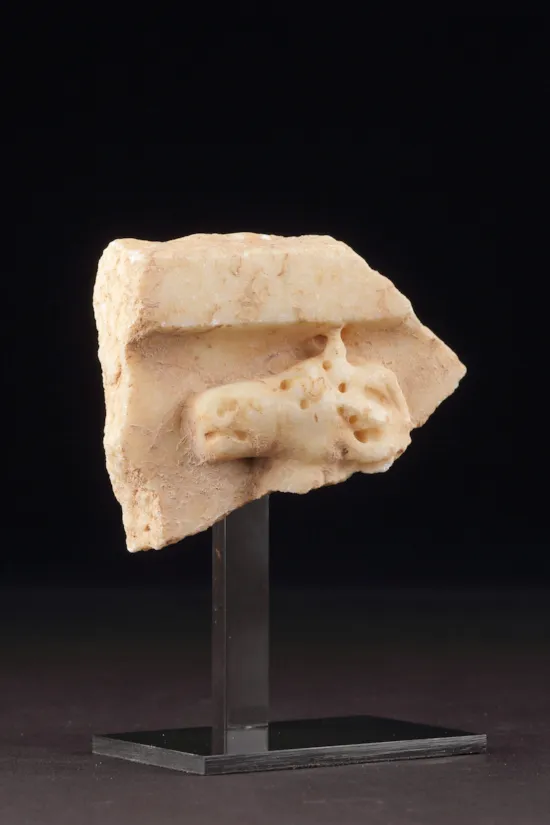
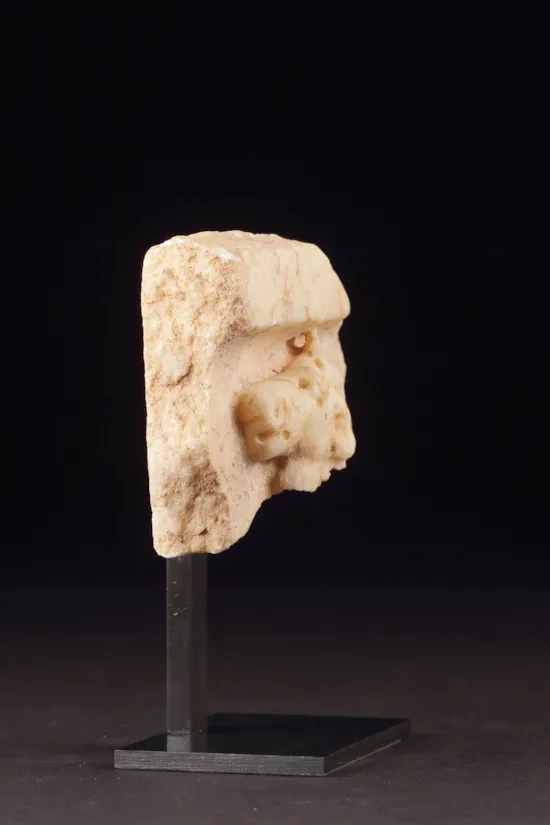
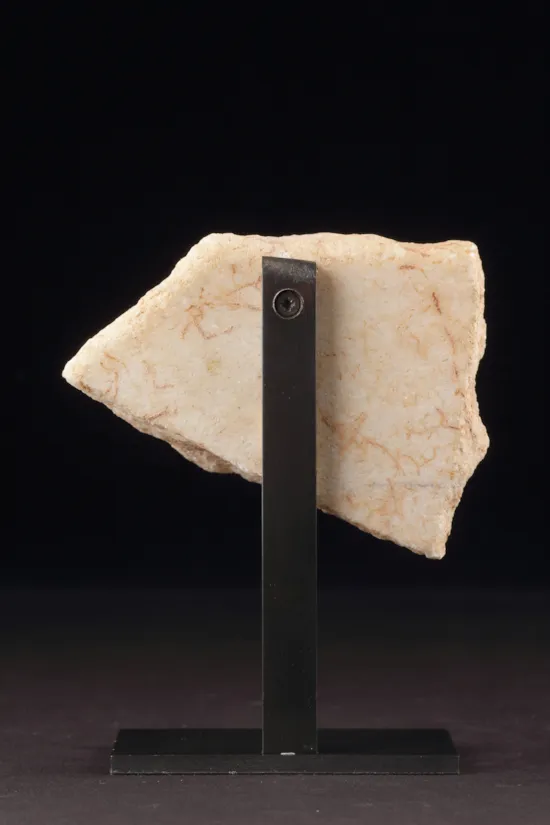





YOU MAY ALSO LIKE

